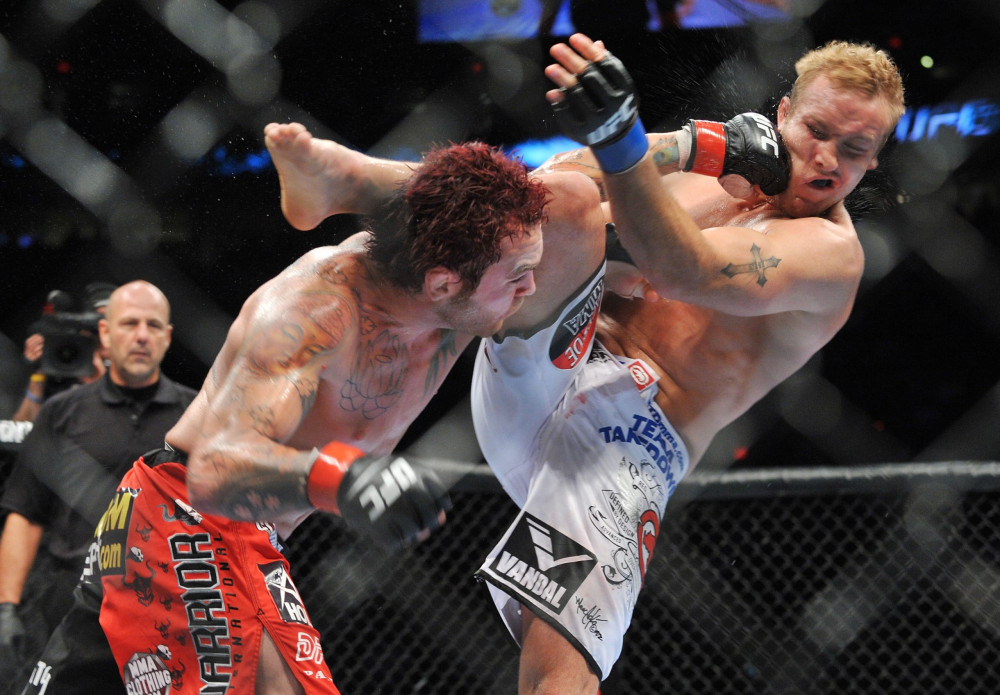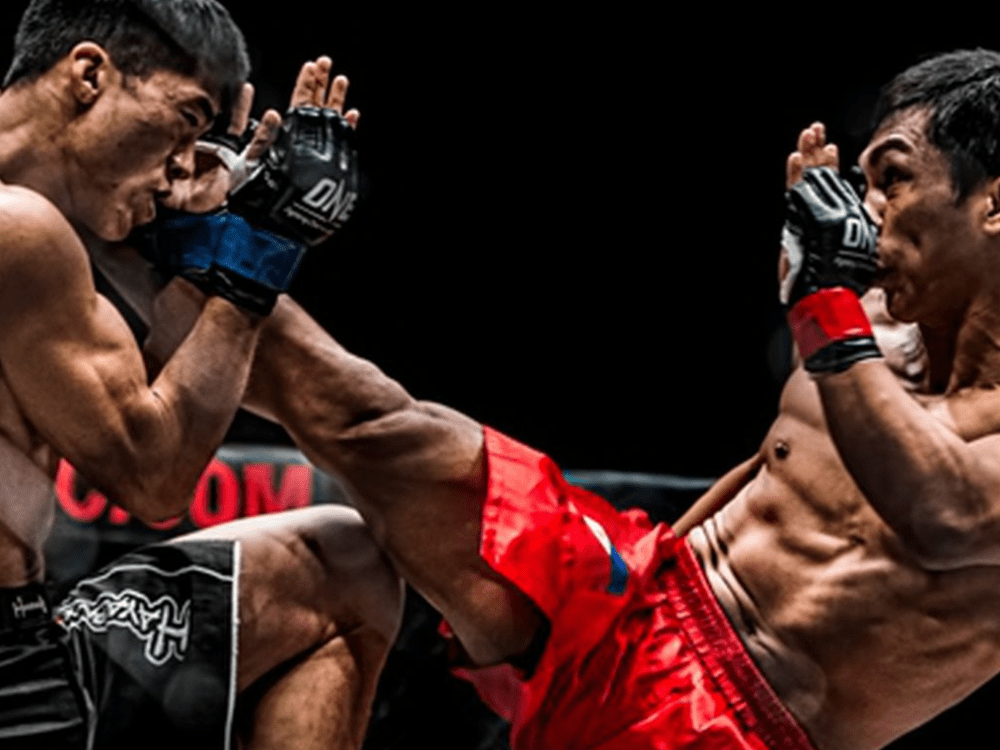
- Home
- MMA Mixed Martial Arts
- What Are The Mixed Martial Arts?

What Are The Mixed Martial Arts?
Mixed Martial Arts: The Ultimate Combat Discipline
What Are The Mixed Martial Arts? In the realm of combat sports, there is one discipline that stands out for its raw intensity, versatility, and skill set – Mixed Martial Arts (MMA). This dynamic and ever-evolving combat sport has captured the attention of millions around the world, captivating both athletes and spectators alike. In this comprehensive article, we will delve into the world of MMA, exploring its origins, techniques, training methods, and the impact it has had on the sports industry. So, fasten your seatbelts and get ready to embark on an exhilarating journey into the world of Mixed Martial Arts.
What Are The Origins of Mixed Martial Arts?
Mixed Martial Arts, as we know it today, emerged from the depths of ancient combat practices. While the concept of combining different martial arts styles dates back centuries, it wasn’t until the early 1990s that MMA gained significant recognition. The inception of the Ultimate Fighting Championship (UFC) in 1993 marked a pivotal moment in MMA history, as it brought together fighters from various disciplines to compete against each other in a no-holds-barred environment.
Evolution and Rule Changes
Initially, MMA had minimal rules and regulations, allowing fighters to employ a wide range of techniques, including strikes, grappling, and submissions. However, due to concerns about fighter safety and public perception, the sport underwent significant rule changes over the years. The introduction of weight classes, time limits, and the prohibition of certain techniques aimed to create a safer and more regulated environment for competitors.
What Are The Mixed Martial Arts Techniques?
Striking Techniques
Striking forms an integral part of MMA, with fighters utilizing a combination of punches, kicks, knees, and elbows to inflict damage on their opponents. Striking techniques are derived from various martial arts disciplines such as boxing, Muay Thai, and Taekwondo. The ability to effectively strike while maintaining defensive awareness is crucial in MMA.
Grappling Techniques
Grappling techniques, including throws, takedowns, and ground fighting, are equally essential in MMA. Fighters with a background in Brazilian Jiu-Jitsu, wrestling, or judo often excel in this aspect of the sport. The ability to control an opponent on the ground, apply submissions, and defend against them is a key component of a well-rounded MMA skill set.
Submission Techniques
Submission techniques are a unique aspect of MMA that sets it apart from other combat sports. These techniques involve applying joint locks, chokes, and other holds to force an opponent to submit or concede defeat. Brazilian Jiu-Jitsu practitioners are particularly adept at utilizing submission techniques to their advantage.
What Are The Mixed Martial Arts Training Methods?
Physical Conditioning
The physical demands of MMA require athletes to be in peak physical condition. Training for MMA involves a combination of cardiovascular exercises, strength training, and flexibility work. Endurance, explosive power, and agility are essential attributes that fighters must develop to excel in the sport.
Skill Development
To become proficient in MMA, athletes must dedicate themselves to the mastery of various martial arts disciplines. This includes training in striking techniques, grappling, and submission holds. Many fighters also incorporate additional training methods such as wrestling, boxing, and Muay Thai to expand their skill set and adapt to different fighting styles.
Mental Preparation
MMA is not just a physical battle; it is also a mental one. Fighters must possess mental toughness, focus, and discipline to overcome challenges inside and outside the cage. Mental preparation techniques, such as visualization, meditation, and goal setting, play a vital role in enhancing performance and maintaining a competitive edge.
The Impact of Mixed Martial Arts
Popularity and Global Reach
Since its inception, MMA has experienced a meteoric rise in popularity, captivating audiences worldwide. The UFC, as the premier MMA organization, has played a significant role in promoting the sport and elevating its status. MMA events draw millions of viewers, and fighters have become household names, transcending the realm of sports and entering popular culture.
Cross-Training and Martial Arts Evolution
MMA’s influence extends beyond its own discipline. It has revolutionized the way martial arts are taught and practiced. Traditional martial artists now incorporate elements of MMA into their training, recognizing the effectiveness of its techniques. This cross-training approach has led to the evolution of martial arts, creating a new breed of well-rounded fighters.
Economic Impact
The growth of MMA has had a substantial economic impact on various sectors. The sport has created opportunities for athletes, coaches, promoters, and businesses associated with MMA. From sponsorships and endorsements to merchandise sales and event revenue, the industry has become a lucrative market, attracting investors and driving economic growth.
FAQ: What Are The Mixed Martial Arts
- Is MMA a dangerous sport?
MMA can be a physically demanding and potentially dangerous sport. However, with the implementation of rules and regulations, the safety of the fighters has significantly improved. While injuries can still occur, proper training, protective gear, and medical supervision help mitigate the risks. - Can anyone train in MMA, or is it only for professional fighters?
MMA training is not exclusive to professional fighters. Many gyms and training facilities offer classes for individuals of all skill levels and fitness backgrounds. Whether you’re looking to compete or simply want to learn self-defense and get in shape, MMA training can be tailored to your goals and abilities. - How long does it take to become proficient in MMA?
The time it takes to become proficient in MMA varies depending on several factors, including prior martial arts experience, training frequency, and individual dedication. It typically takes several years of consistent training and practice to develop a well-rounded skill set in MMA. - Are there weight classes in MMA?
Yes, weight classes are an integral part of MMA. Fighters are divided into different weight categories to ensure fair competition and minimize the risk of significant weight disparities between opponents. This allows fighters to compete against opponents of similar size and weight. - Can women participate in MMA?
Absolutely! Women have made significant contributions to the world of MMA and have their own divisions and championships. Female fighters have showcased exceptional skills, athleticism, and determination, earning the respect and admiration of fans worldwide.
Conclusion: What Are The Mixed Martial Arts?
Mixed Martial Arts has emerged as the ultimate combat discipline, blending various martial arts styles into a dynamic and captivating sport. From its humble beginnings to its global popularity, MMA continues to evolve and push the boundaries of combat sports. With its unique combination of striking, grappling, and submission techniques, MMA demands physical and mental prowess from its practitioners. Whether you’re a fan, a participant, or simply curious about the sport, MMA offers an exhilarating journey into the world of combat sports. So, step into the cage, embrace the challenge, and witness the power and artistry of Mixed Martial Arts.
Latest Post


Outstanding Benefits of MMA and Mental Health

Beware Of Weight Cutting in MMA

Greatest MMA Fighters of All Time

Mixed Martial Arts Training

International MMA
Table of Contents
Newsletter
Enter your email address to receive news from us. We do not supply this to anyone else. We do not spam.
